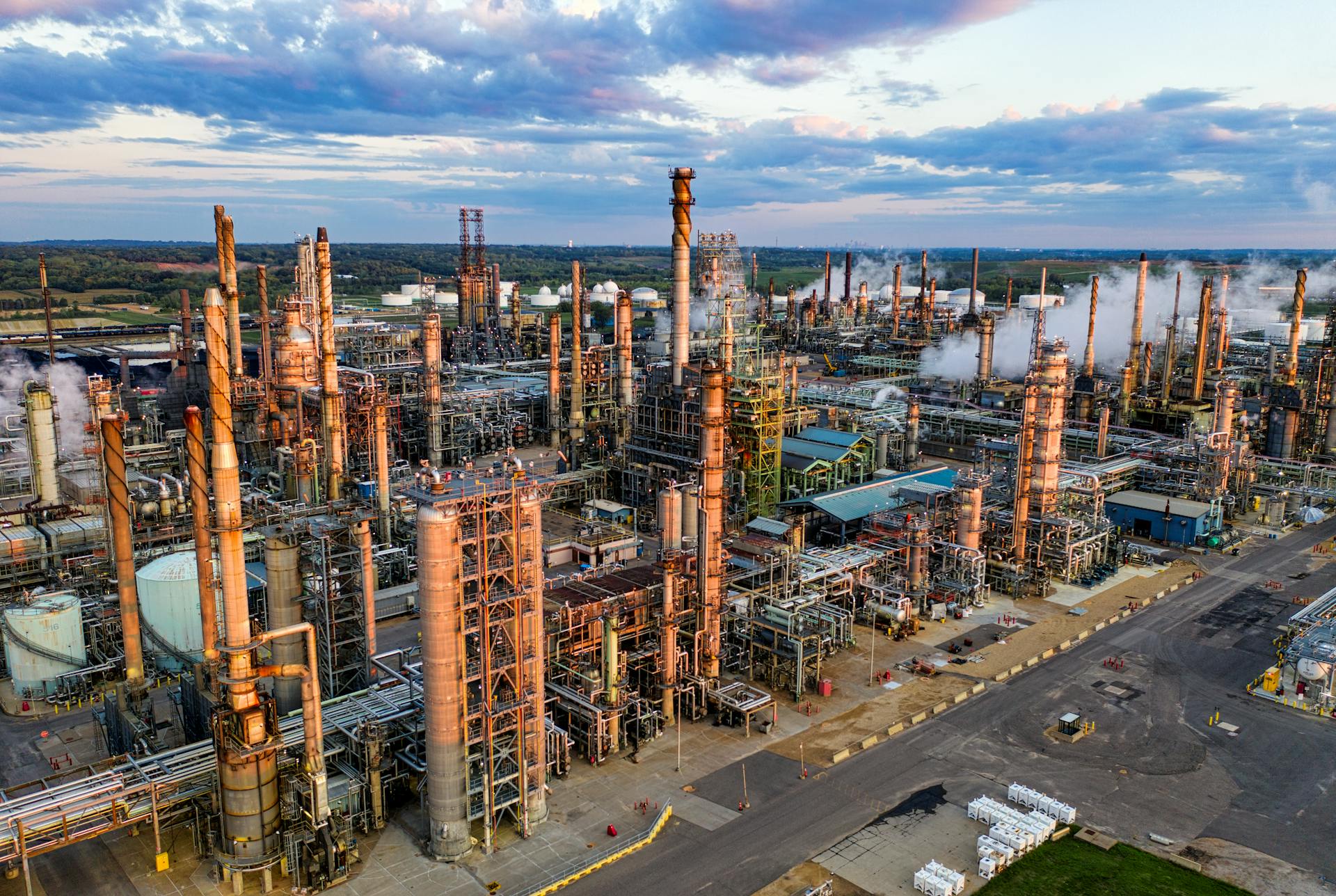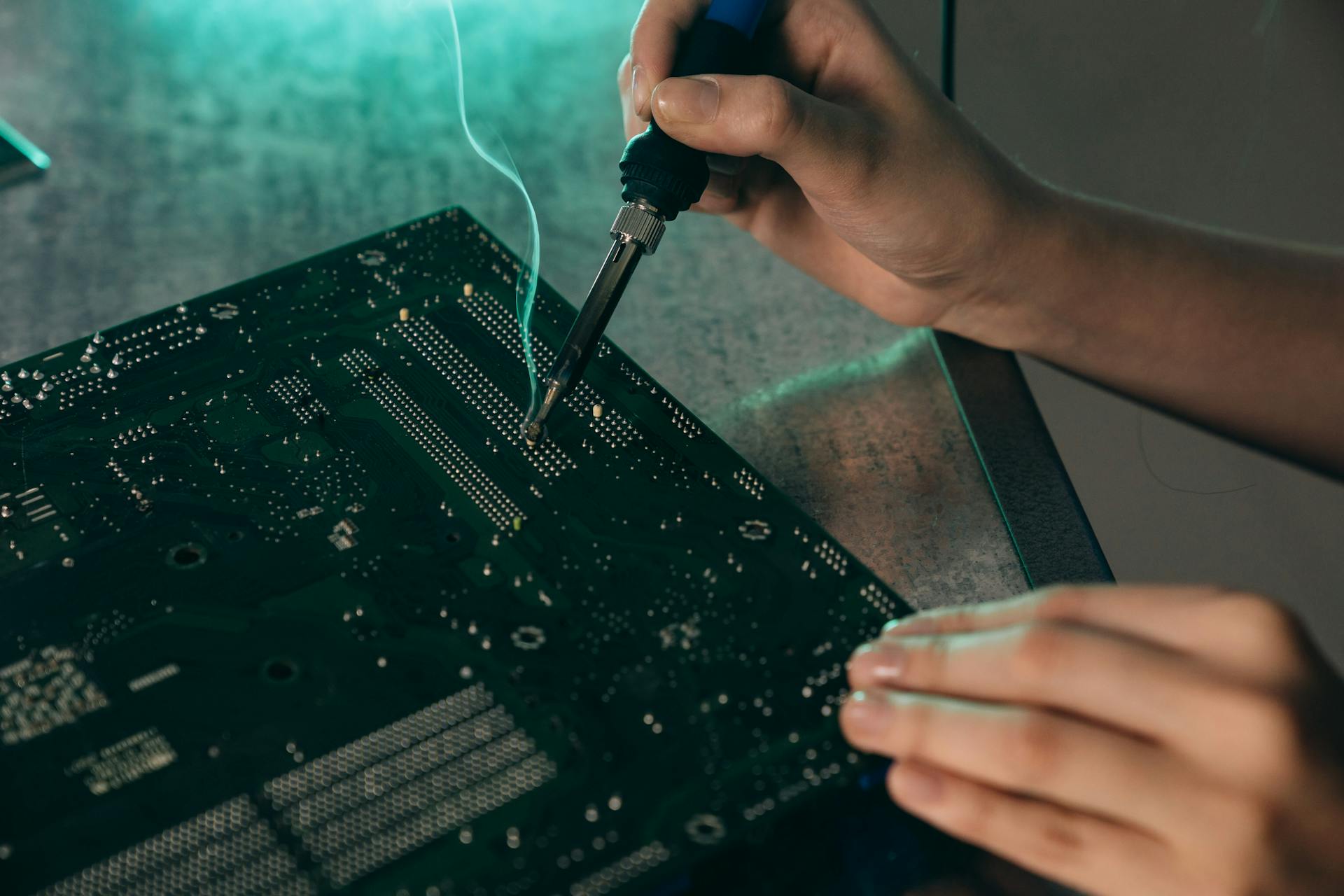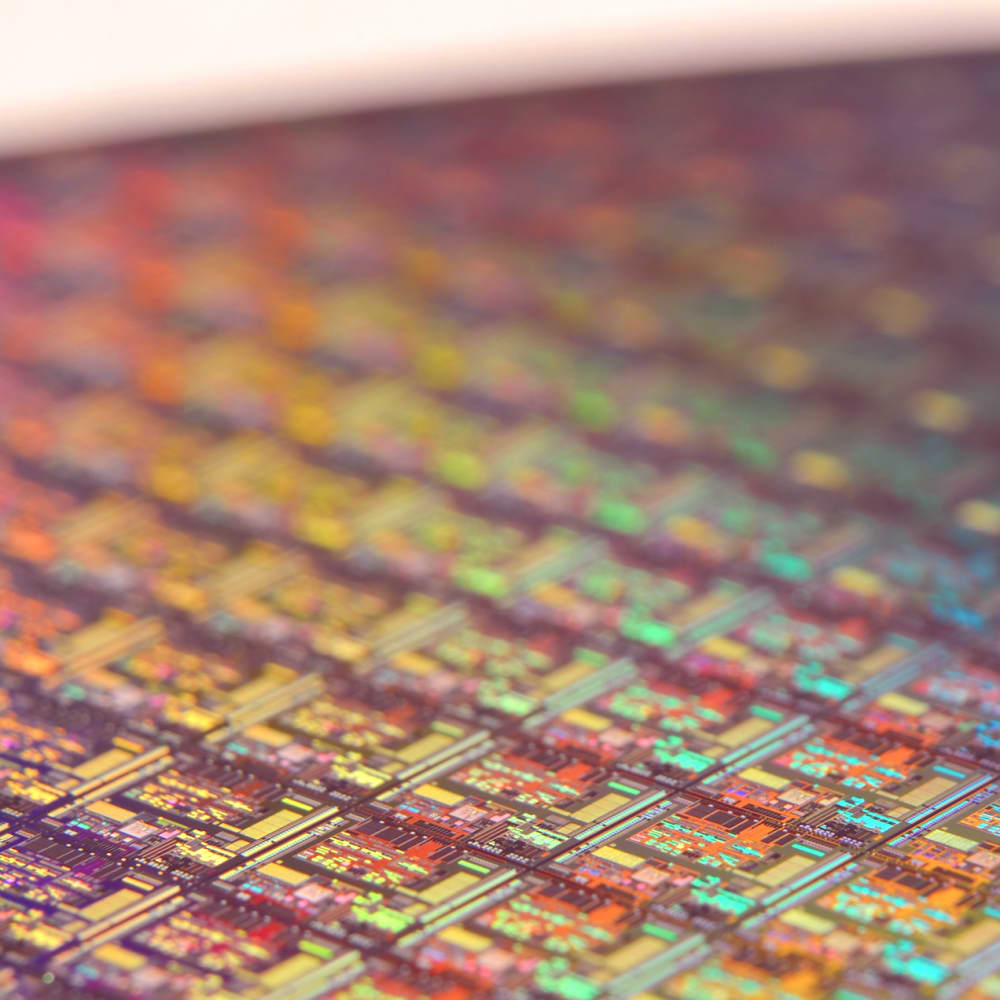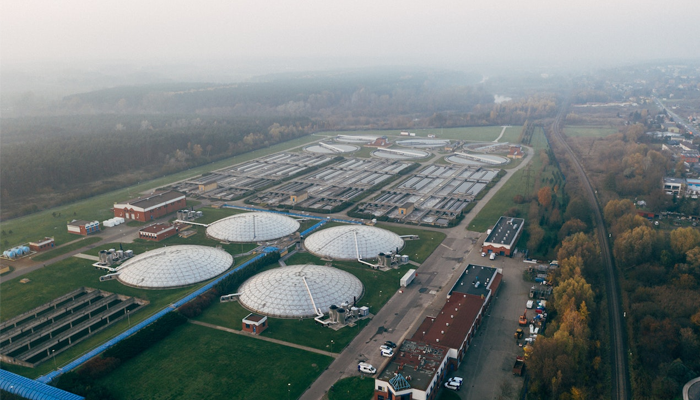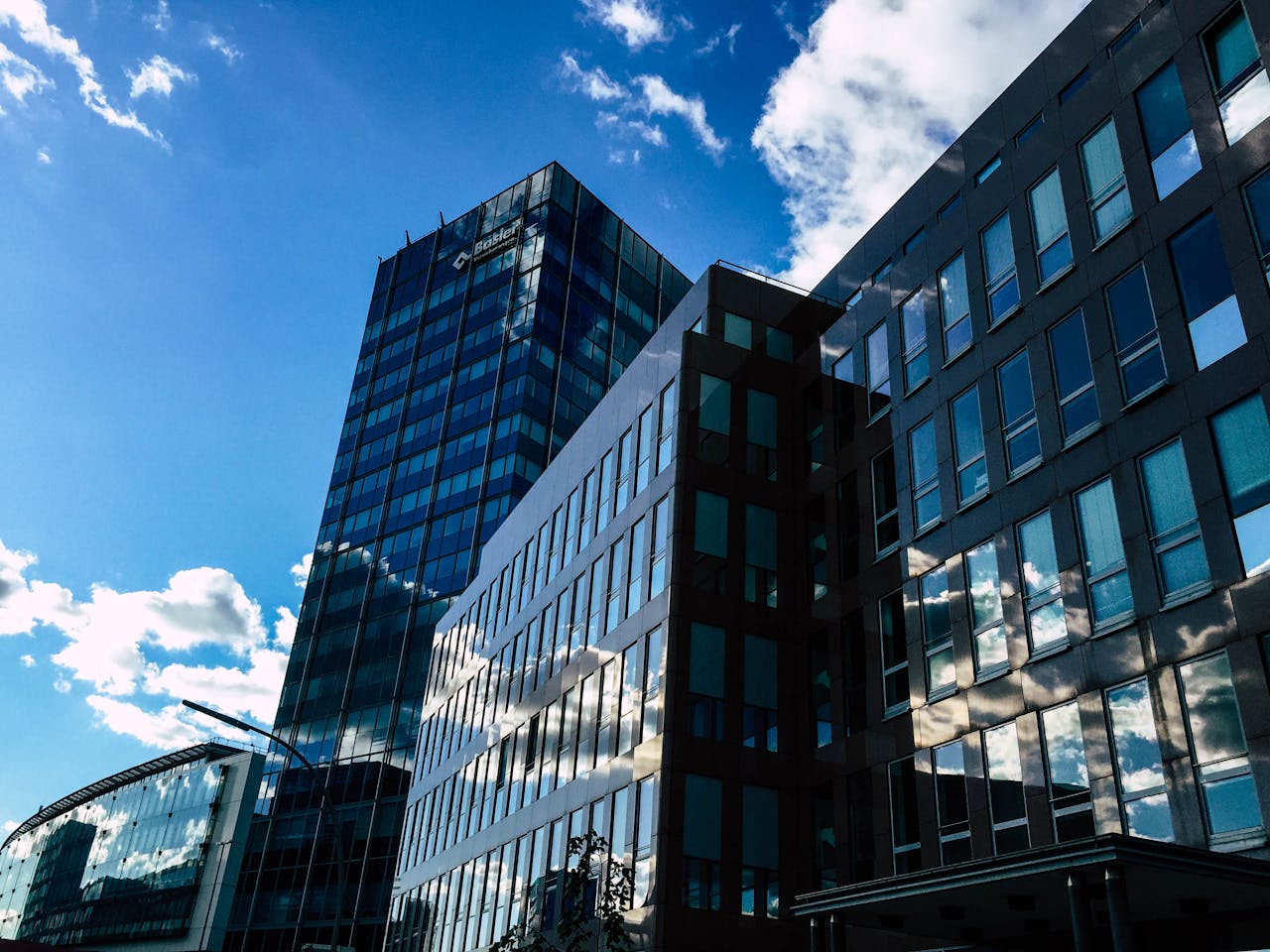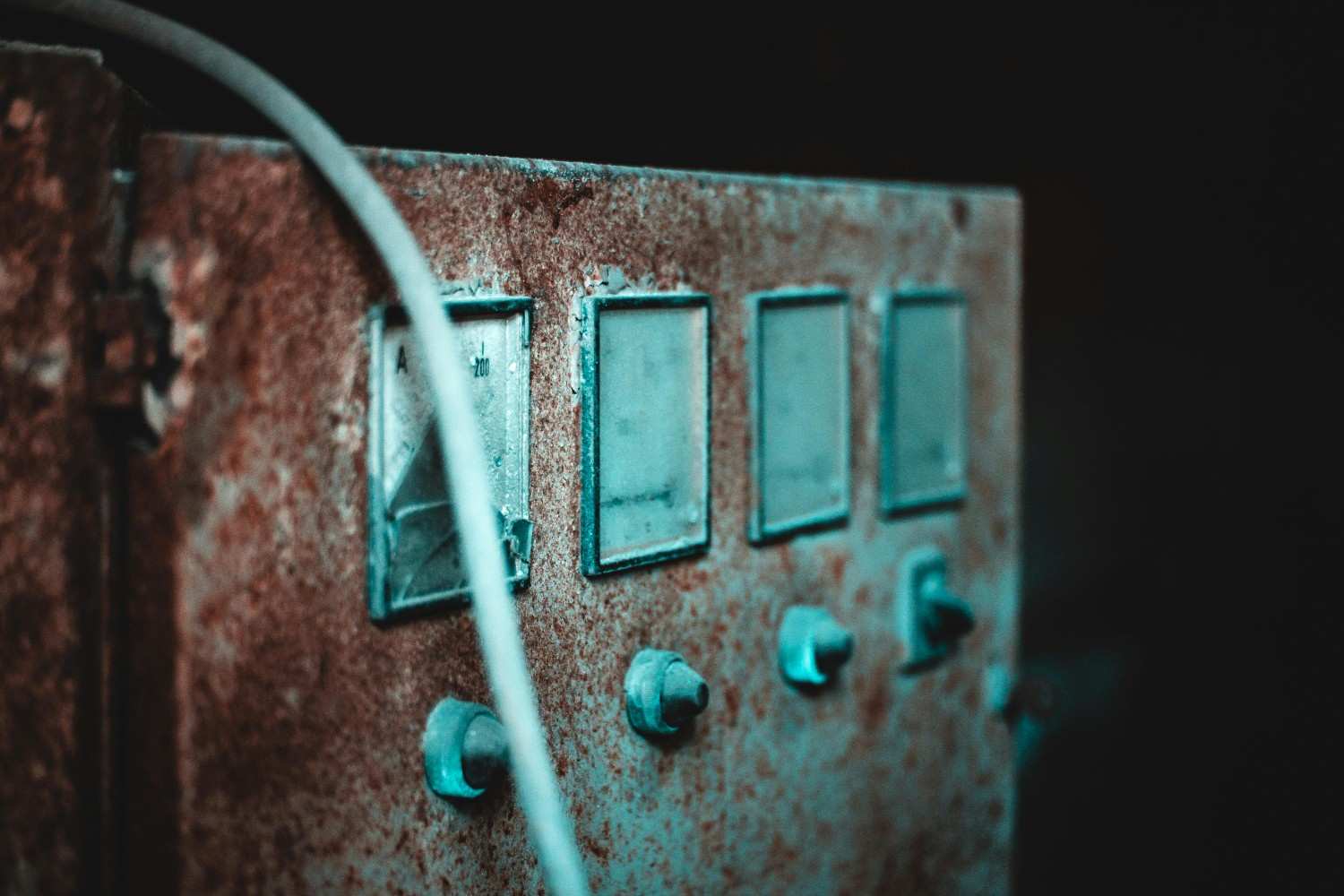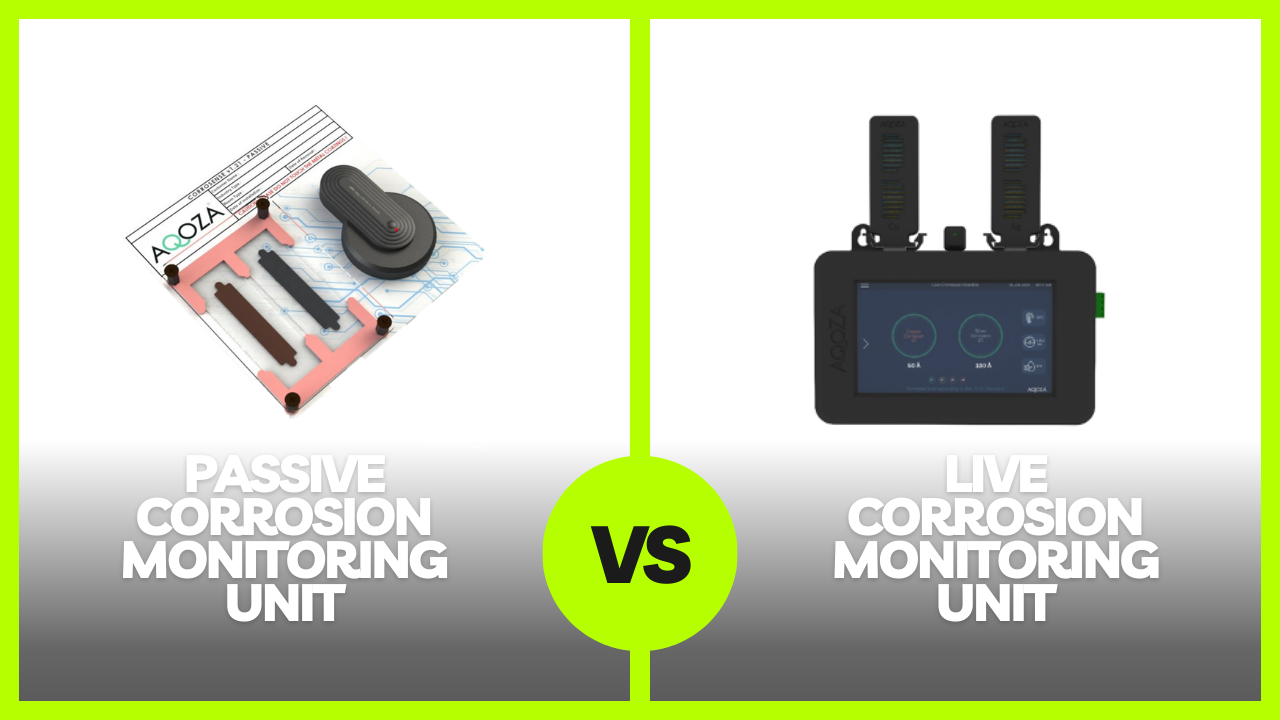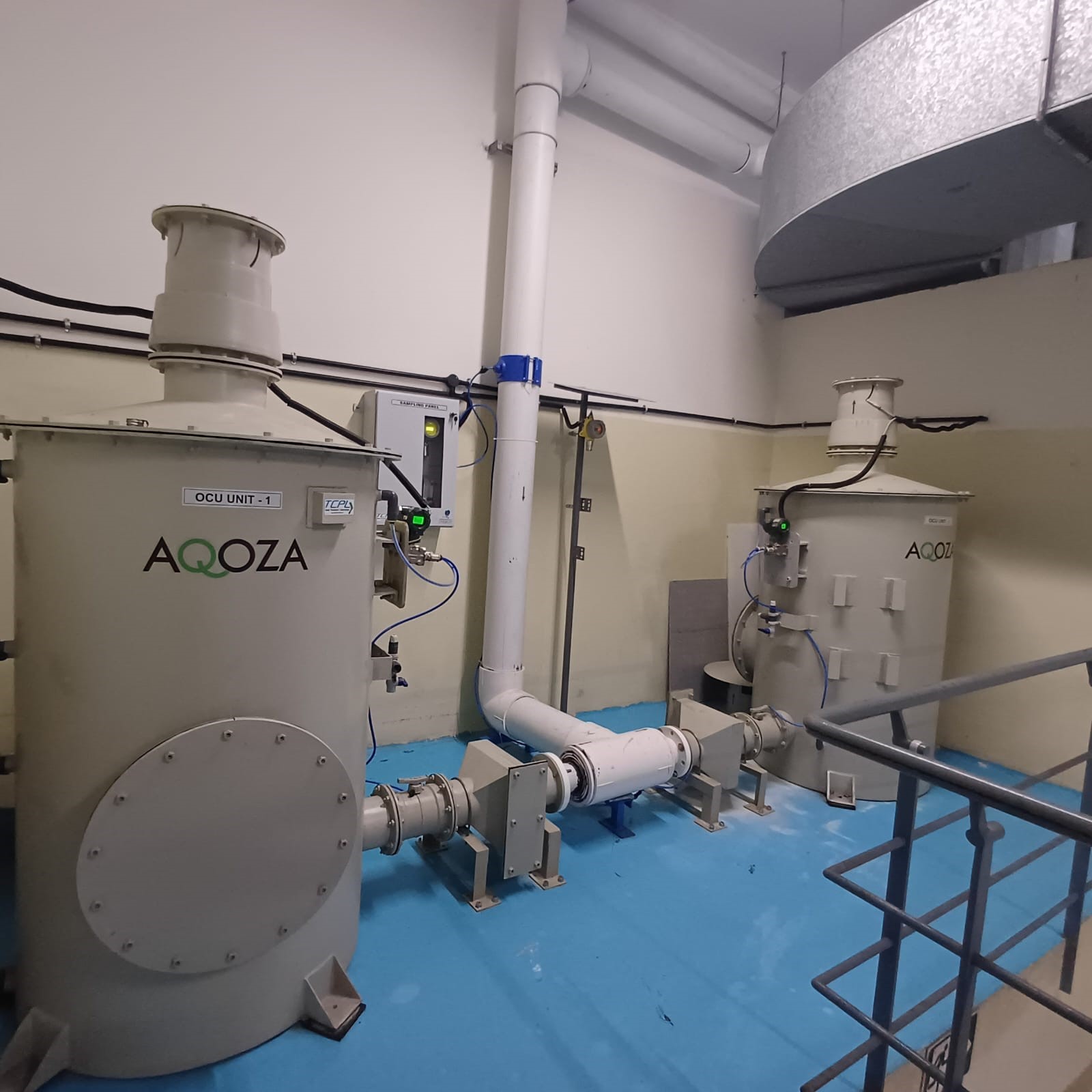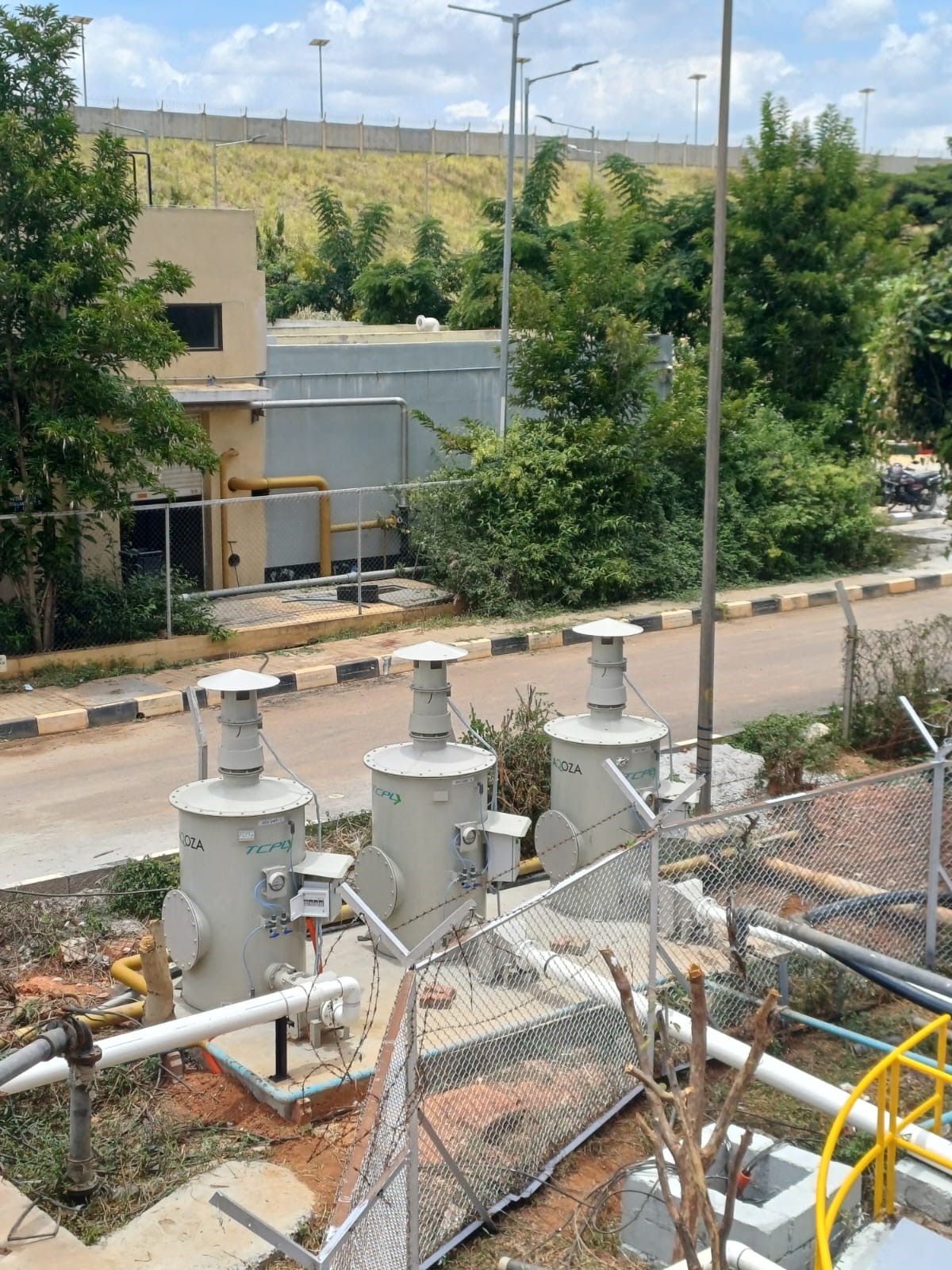What are the different types of Odour Control Technologies available?
Published : 05 Oct 2021

Author Name : Zahid, Co-founder & CEO
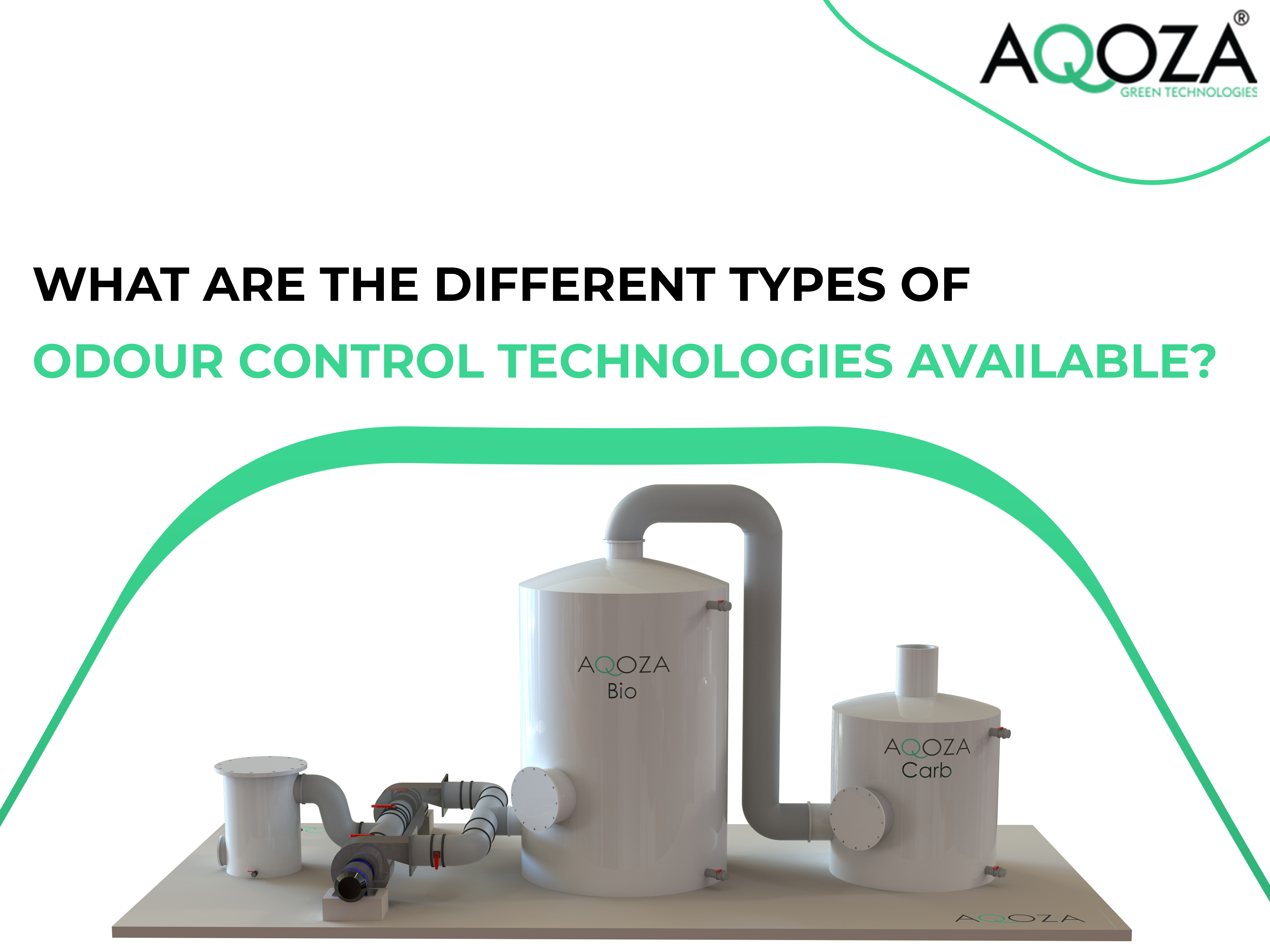
With relevance to implementing odour removal application at source, several commercially proven methods are available for odour removal, classified into;
- Mist filtration
- Combustion / thermal oxidation
- Absorption / Wet scrubbing
- Adsorption
- Biological oxidation
- Odour Masking
- UV / Ozone oxidation
There are many factors influencing the selection of odour control technologies. Seemingly, it is possible, to control odour, by eliminating or reducing their source, only by comprehending the different methodologies available in the market.
This article will help you to identity the right odour control technology for your application.
Mist filtration
When odour causing gases comes with high moisture content, it becomes overburdened and therefore, load can be reduced by cooling the streams or eliminating the mist. A large amount of water vapour will condense here as to reduce the pressure of incineration.
Mist filters will remove vapours, liquids and solids causing odour.
Combustion / Thermal Oxidation
Fire is one of the ancient methods of odour eradication. Incinerating the odour streams by fuel & air and then converting into final products (CO2 and H2O) to be obtained through complete oxidization process. If there is not enough oxygen in the burning process, odour removal will not be complete. Hence, it is very critical to ensure adequate oxygen content during the incineration process.
Absorption / Wet scrubbing
Absorption method can be adopted as a comprehensive odour control solution, in which odour causing cases are soluble in a liquid with or without chemical reactions. A substance, usually a solid or liquid, which is capable to accommodate with other materials in the form of gases, liquids or even solids by capillary action into its lattice structure is known as an absorbent and the process is known as absorption.
"Do you know, packed towers with counter current flow are one of the widely users of wet scrubbing method, in odour removal process!"
Depending on the type of gases, suitable chemicals shall be mixed in the scrubbing water to oxidise the unsaturated gases in the streams. Packed media increases contact time and improves the efficiency of the odour removal.
Adsorption
Adsorption is a process by which the adsorbed material remains attached only on the surface of the adsorbent. A best-known example for adsorption material is activated carbon, which adsorbs gas and water molecules to its surface. Besides, activated carbon, many known adsorption media, available in the nature are zeolite, alumina oxides, silica, etc.
Adsorption property of these media can be improved by chemical impregnation and heat treatment.
Adsorption is one of the most preferred odour and gas removal technology, considering its reliability, ease of operation and high removal efficiency.
Biological oxidation
Biological oxidation technologies are divided into three processes, namely Biofilter, Bio-Trickling filter and Bio-scrubber. Though basic odour removal process is biological oxidation of odorous gases through microorganisms; there can be a slight difference in utilization and type of microorganism, growing in aforementioned filters.
Biofilter is an old version in this category, where natural media like stones, wood chips, peats, etc are being used for growth surface for the microorganisms. These units take large area and require continuous humidification of odorous air. Typical life of the bio media is 2-3 years, which is again an added cost, in terms of replacing the media and disposal of the used media.
"Biofilter technology is obsolete in modern treatment plants, due to its area required, large capital & operating cost."
Biofilter has been replaced by Bio-trickling filter or Bio-scrubber, where it uses vertical packed towers for the microorganism growth, requiring much lesser area than Biofilter with an average life span of 10-15 years. Nutrient rich water is being re-circulated in the towers to maintain a healthy microorganism in the bio-media.
Odour masking
Odour masking can be achieved by the process of eliminating the perception of an odour through superimposing another odour to create a novel pleasant odour sensation.
There are plenty of odour masking chemicals in the market with organic and inorganic compounds. These masking agents will not alter pre-existing odour gas molecules. But when it is applied, it is selected by nasal cells as long as there are enough masking agents in the air to cover the pre-existing odour.
UV / Ozone oxidation
Ozone produced by UV lighting or by means of other ozone producing apparatus is highly reactive, which are being used for oxidising odour gases in the air streams. The additional oxygen atom in the ozone is very high reactive, which exchanges with the odour causing gases, causing quick oxidation of the odour gas compounds.
If you have considered all the verified odour control technologies thoroughly, you must have secured an exact idea of your needs from the potential odour control vendors in the market. But if, looking for an end-to-end odour control & management - Contact us today.


